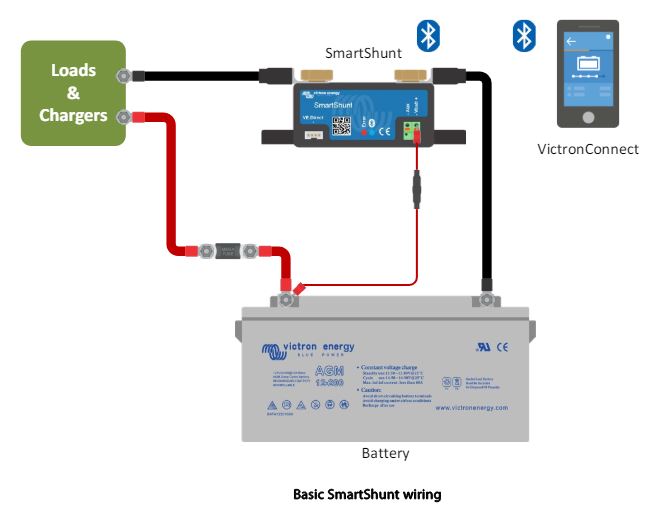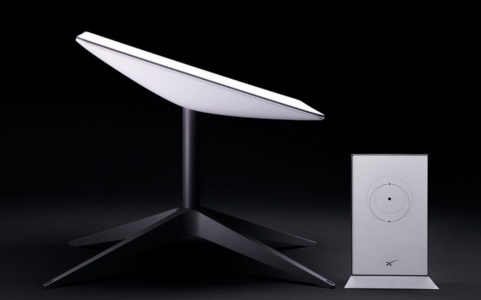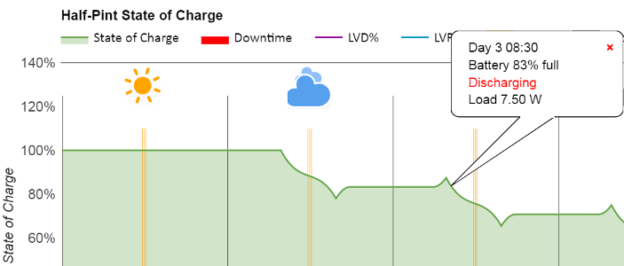The Online Test Drive is a useful tool for figuring out whether one of the GTIS Power Systems’ packaged systems will work for you. Plus, it will help you understand a little about using solar energy – the importance of panel and battery sizes, the importance of sky conditions, and the importance of load size and runtime.
Here’s a typical case. A linguist/translator writes, “I would like to set up a village worker with a solar system and notebook computer, buying it locally. It will be a Lenovo ThinkPad 11e Gen 2. The person I want to set up spends part of his time in Alotau town [Papua New Guinea], where 240 volt AC power is usually available, and part of his time in a village situation without power. ”
Continue reading →





 Compared to lead-acid batteries Lithium Iron Phosphate (abbreviated LiFePO4 or just LFP) batteries are simple to charge and quite forgiving about voltage set points. You can use most “12-V” lead-acid solar charge controllers to charge a 12.8 V LFP battery. On those with adjustable settings, here are our recommendations for voltage set-points and why.
Compared to lead-acid batteries Lithium Iron Phosphate (abbreviated LiFePO4 or just LFP) batteries are simple to charge and quite forgiving about voltage set points. You can use most “12-V” lead-acid solar charge controllers to charge a 12.8 V LFP battery. On those with adjustable settings, here are our recommendations for voltage set-points and why. Watt-Hour Estimates for small 12V Solar Power Systems
Watt-Hour Estimates for small 12V Solar Power Systems